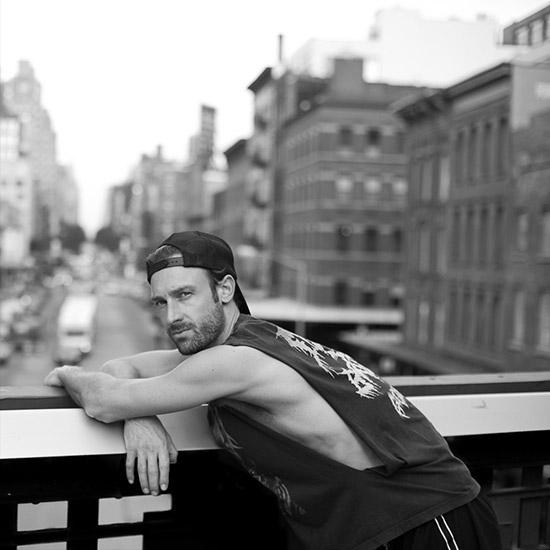MAX HOOPER SCHNEIDER
Born in 1982
Graduated from Harvard University with a master’s degree in landscape architecture, Max Hooper Schneider has developed an artistic practice that feeds on the technology, materials and biological systems endemic to this discipline. His installations explore nature, conceived as a process of relentless transformation in which bodies, as continually forming matter, are intended as the principle mode of nature. As co-constituents and co-creators of the works, bodies and matter—a starfish, a discarded boot, a neon sign, a mannequin, a fossil, varied debris from the discarded relics of the contemporary world—like the work as a whole, are not viewed as static or formally concluded but as ‘alive,’ in constant flux, an endless swirl of creation and destruction. In the works thus produced, technology and geology, natural and artificial, living and dead, past and future, art and science, ideas and materials collide to materialize novel spatiotemporal configurations and mutational ecosystems. The formal recollections of Minimalism and Land Art are reworked with uncanny materials and unleash a vision that attempts to transcend categorization—neither utopian nor dystopian, fact nor fiction. In this conception, the artwork is thus conceived as actual nature rather than as a representation of nature, and the artist, as one among many bodies, is no longer viewed as an independent actor in the creative process. The artist’s new piece, created specifically for the Belgrade Biennale, consists of a group of translucent, glowing fiberglass human figures hybridized with heads of fossils, corals and minerals. These distant, alien, mutant figures, who seem to blend a prehistoric past with the mutations of a future still to come, are placed in an urban setting consisting of metal scraps collected by the artist in the city of Belgrade and situated at the base of a forgotten monument. As often happens in Schneider’s experimental research, and also in this case, natural elements and man-made artefacts produce bizarre ecosystems and narratives that suggest a possible future in which the boundaries between flora, fauna and anthropogenic interventions will be questioned according to their new relationships and juxtapositions.
